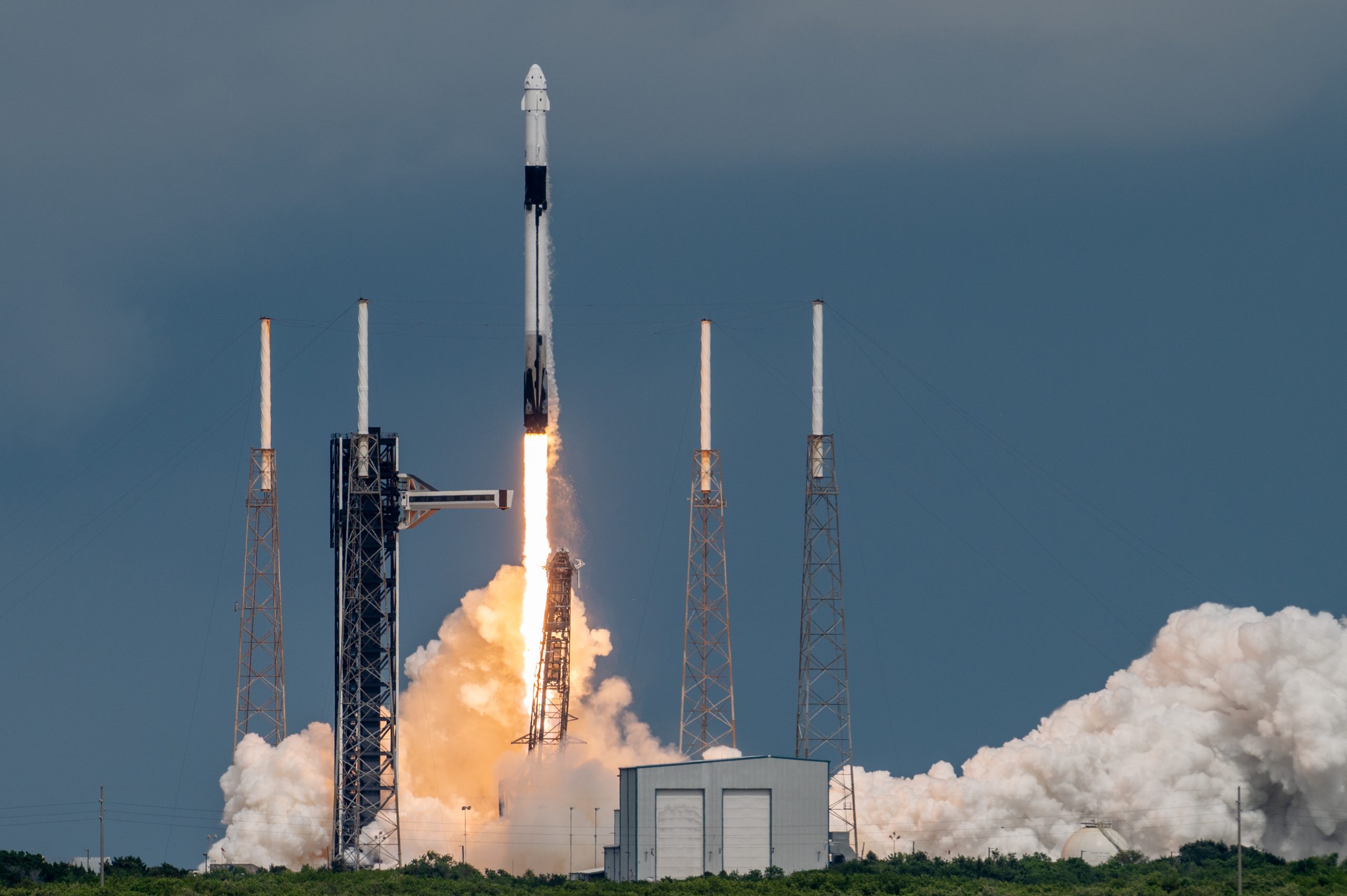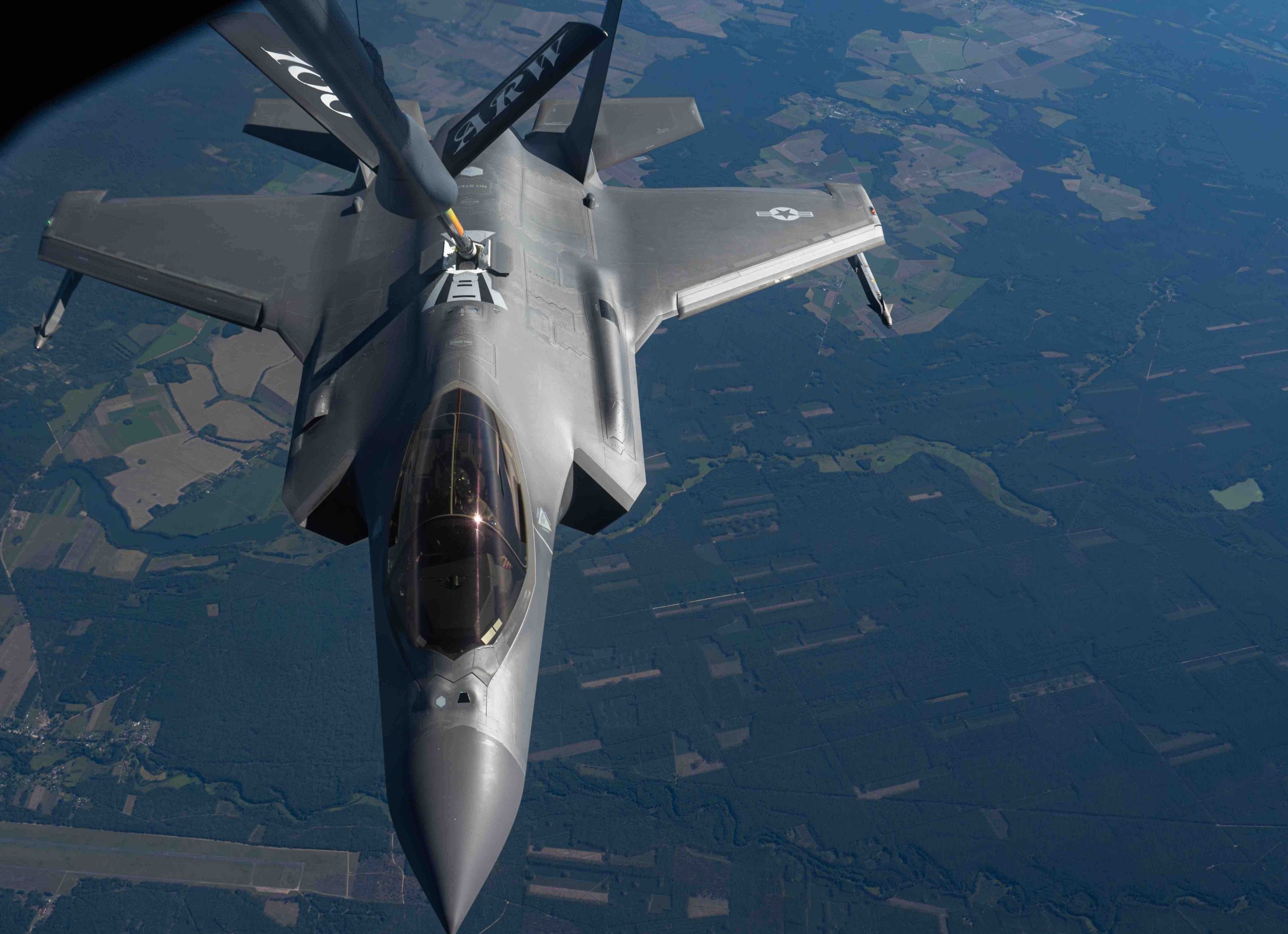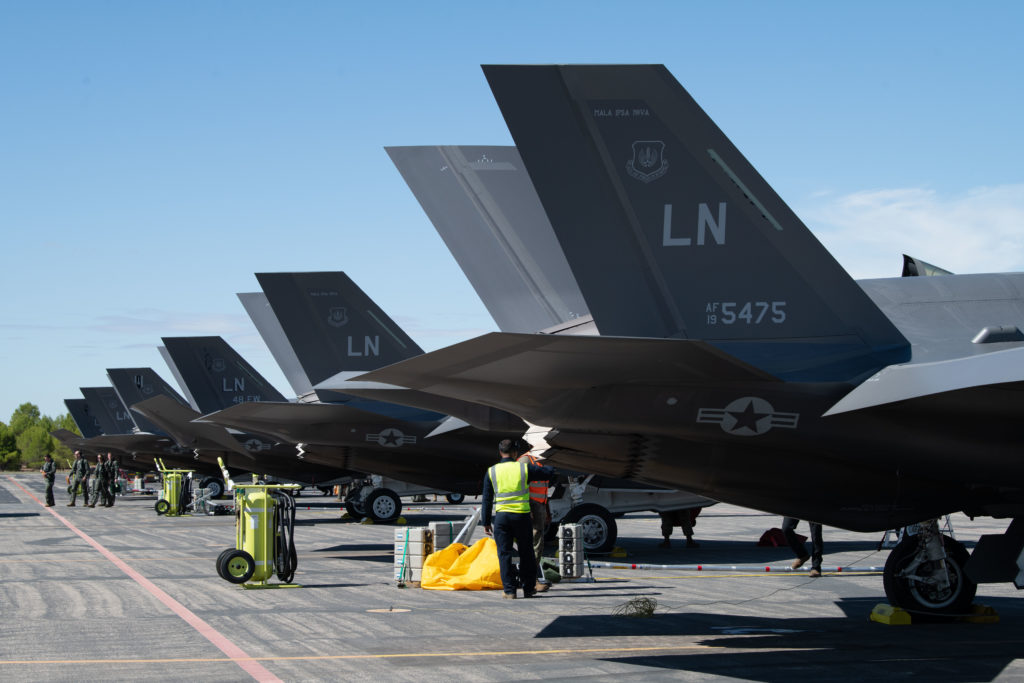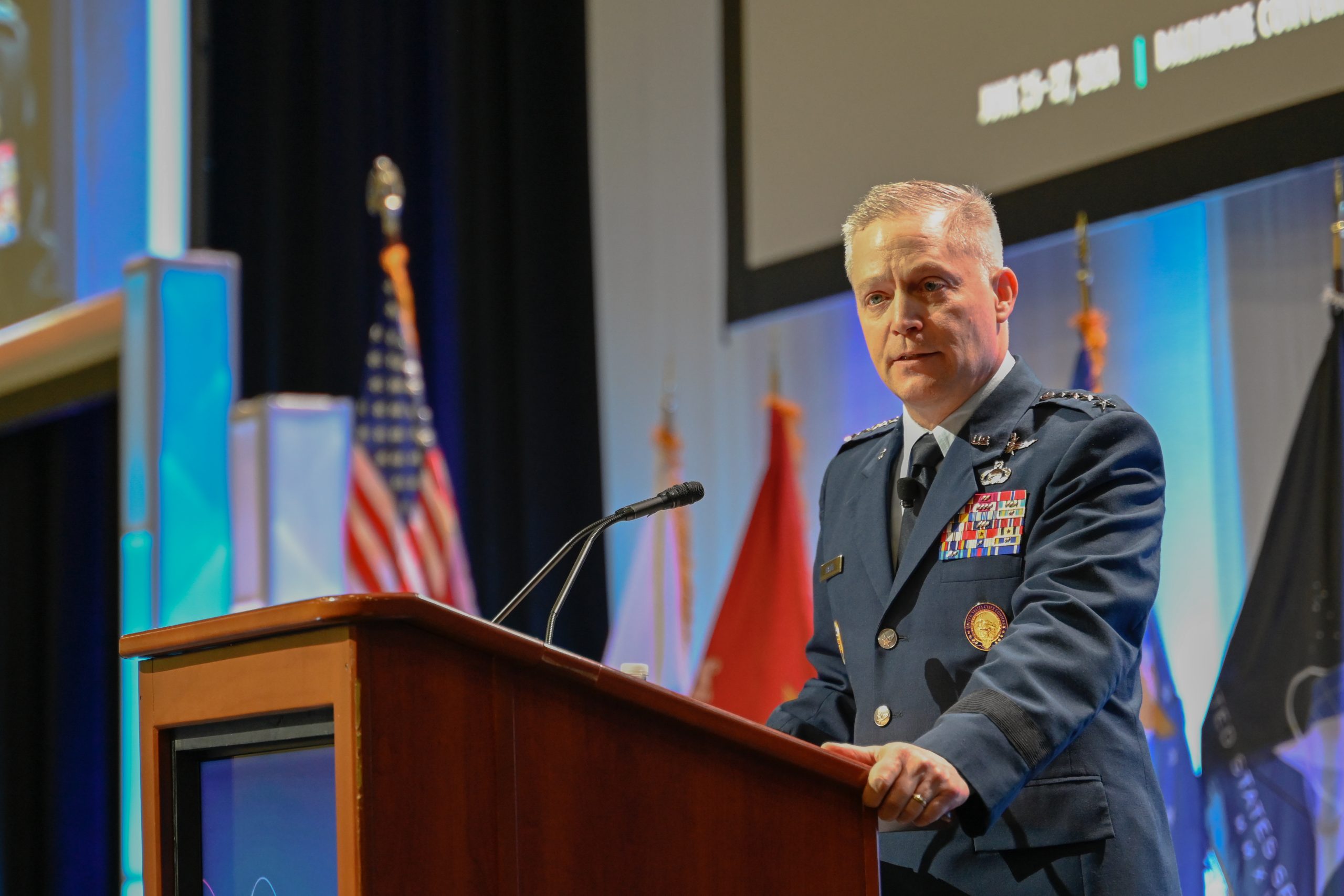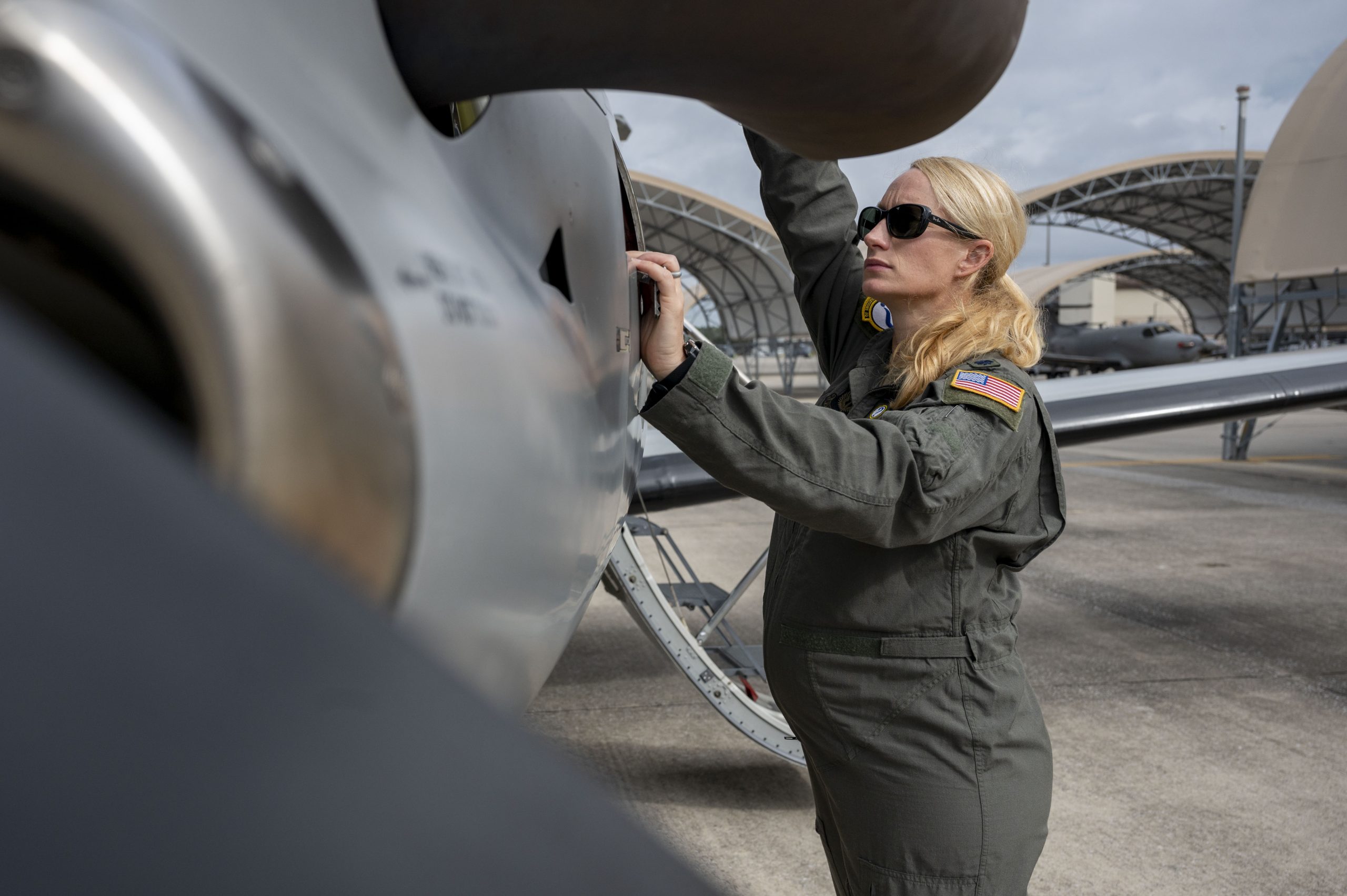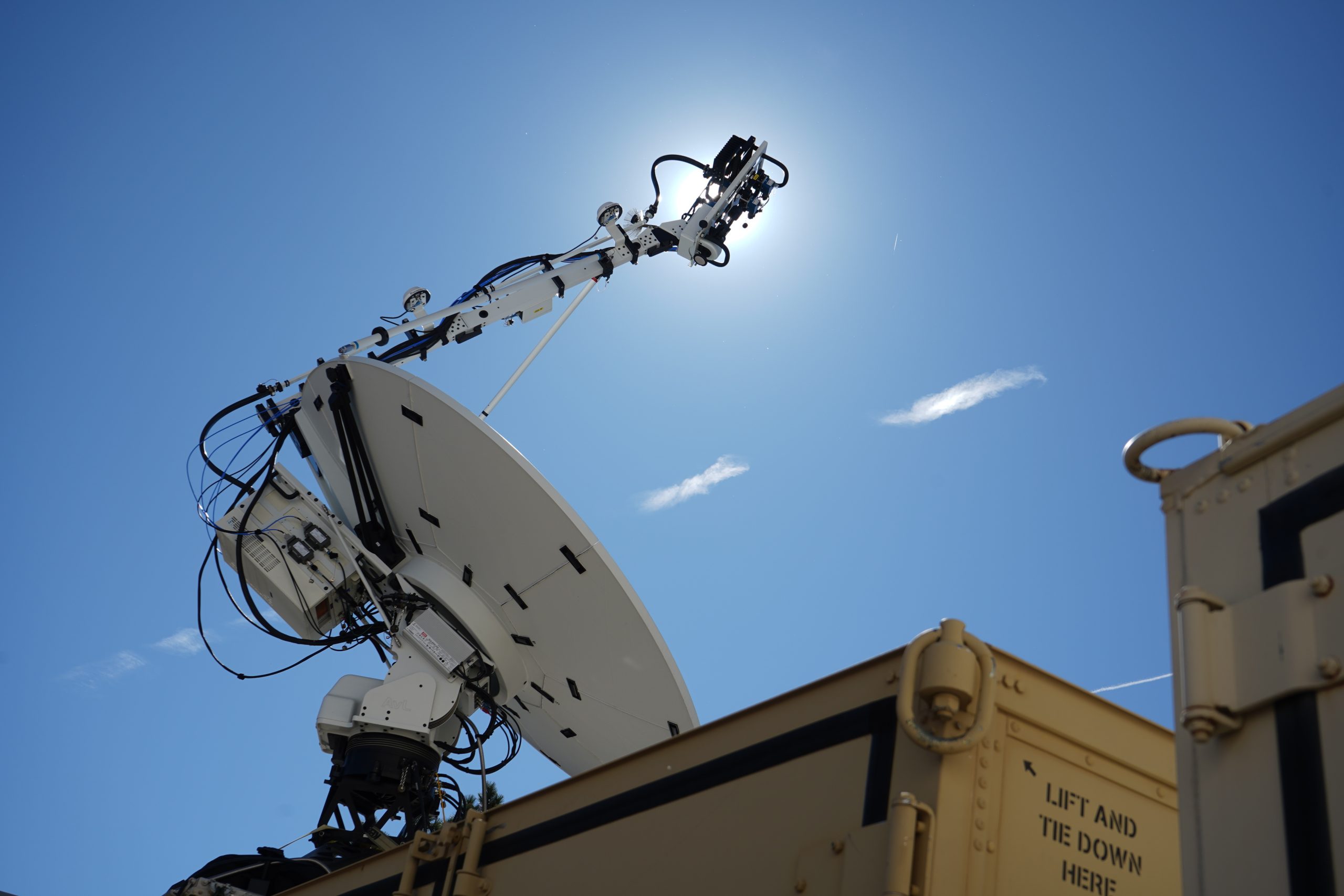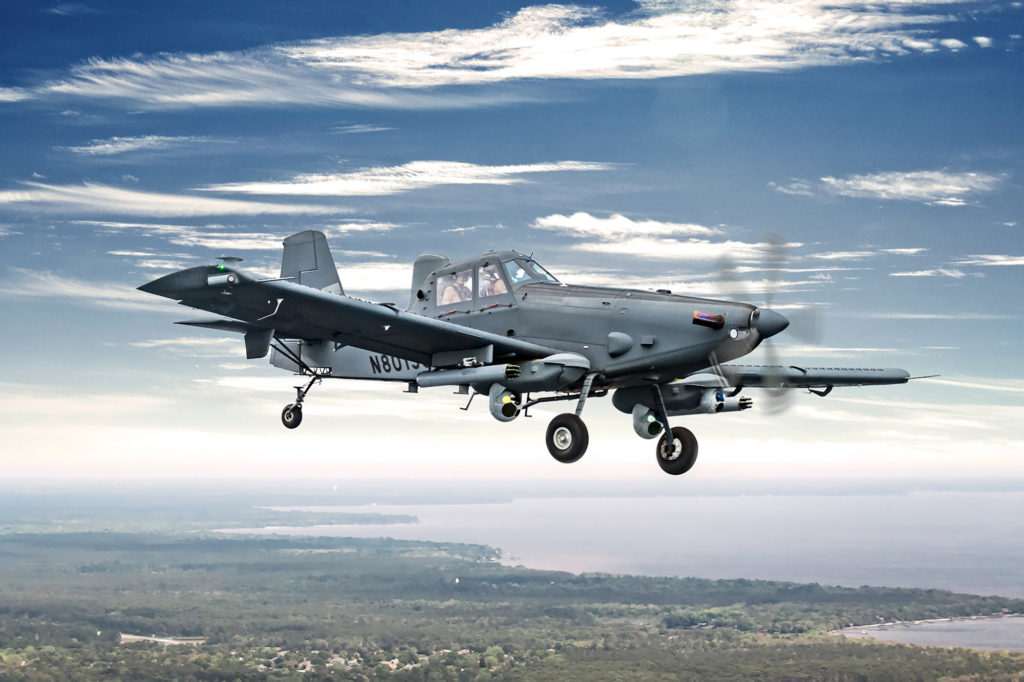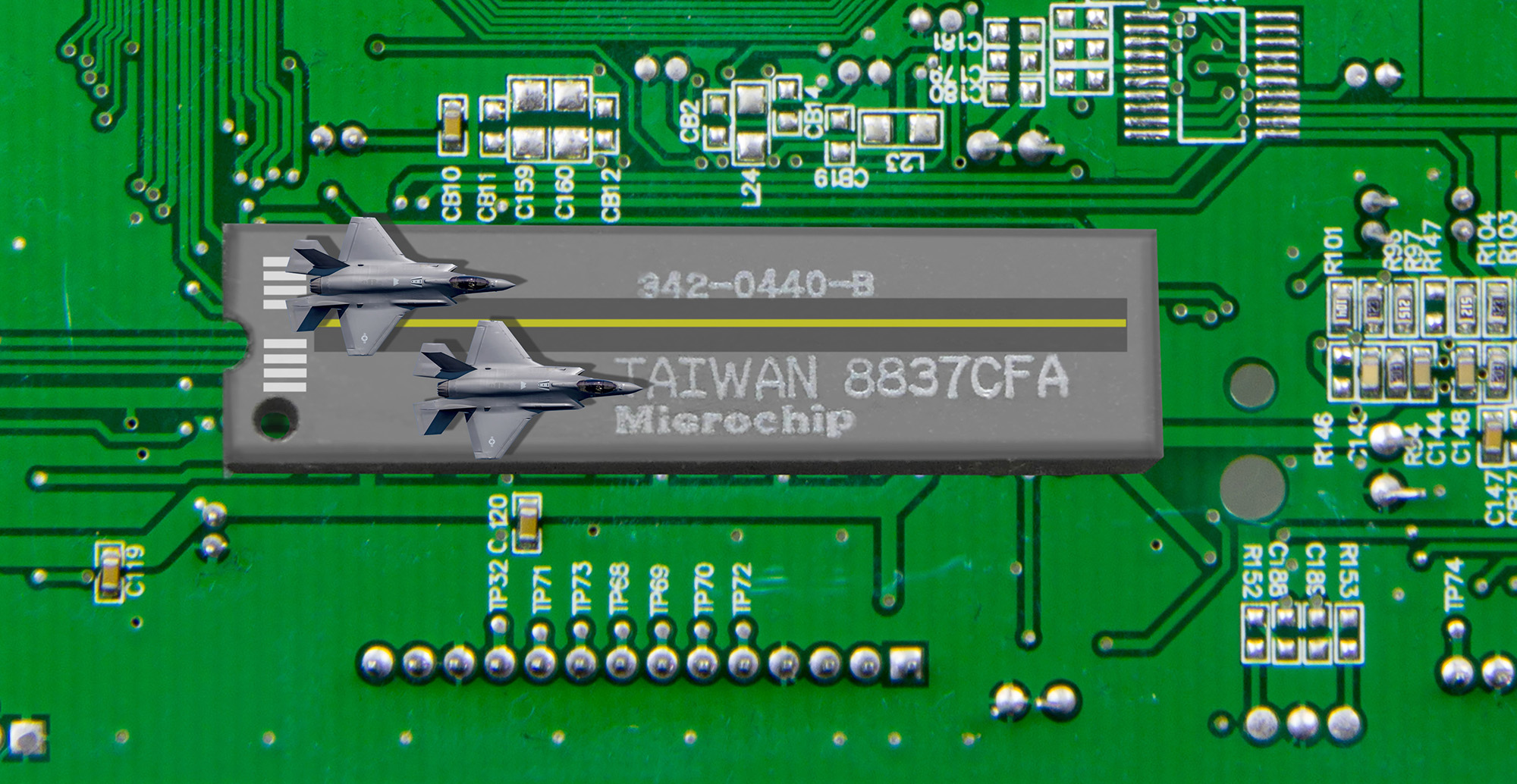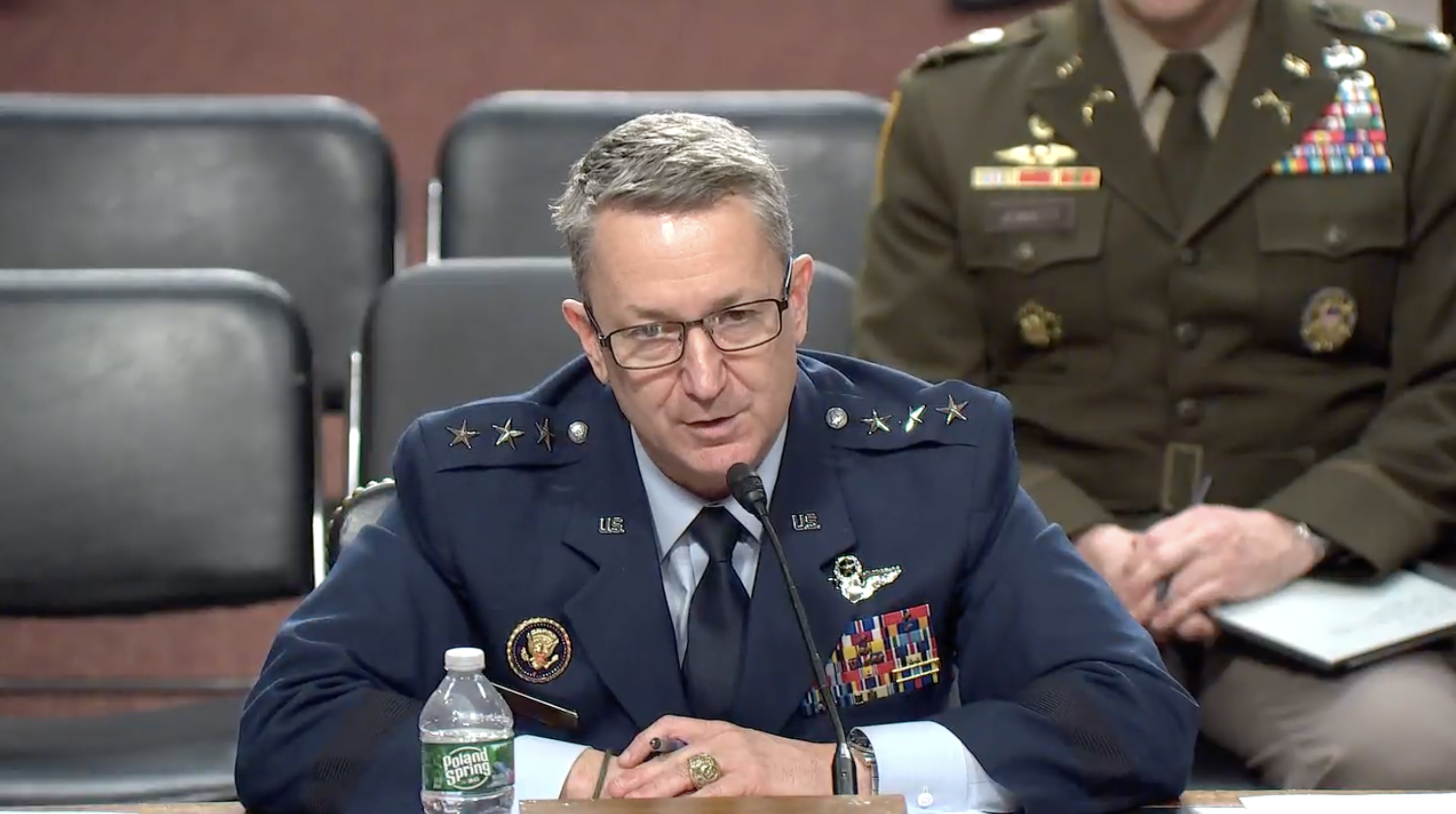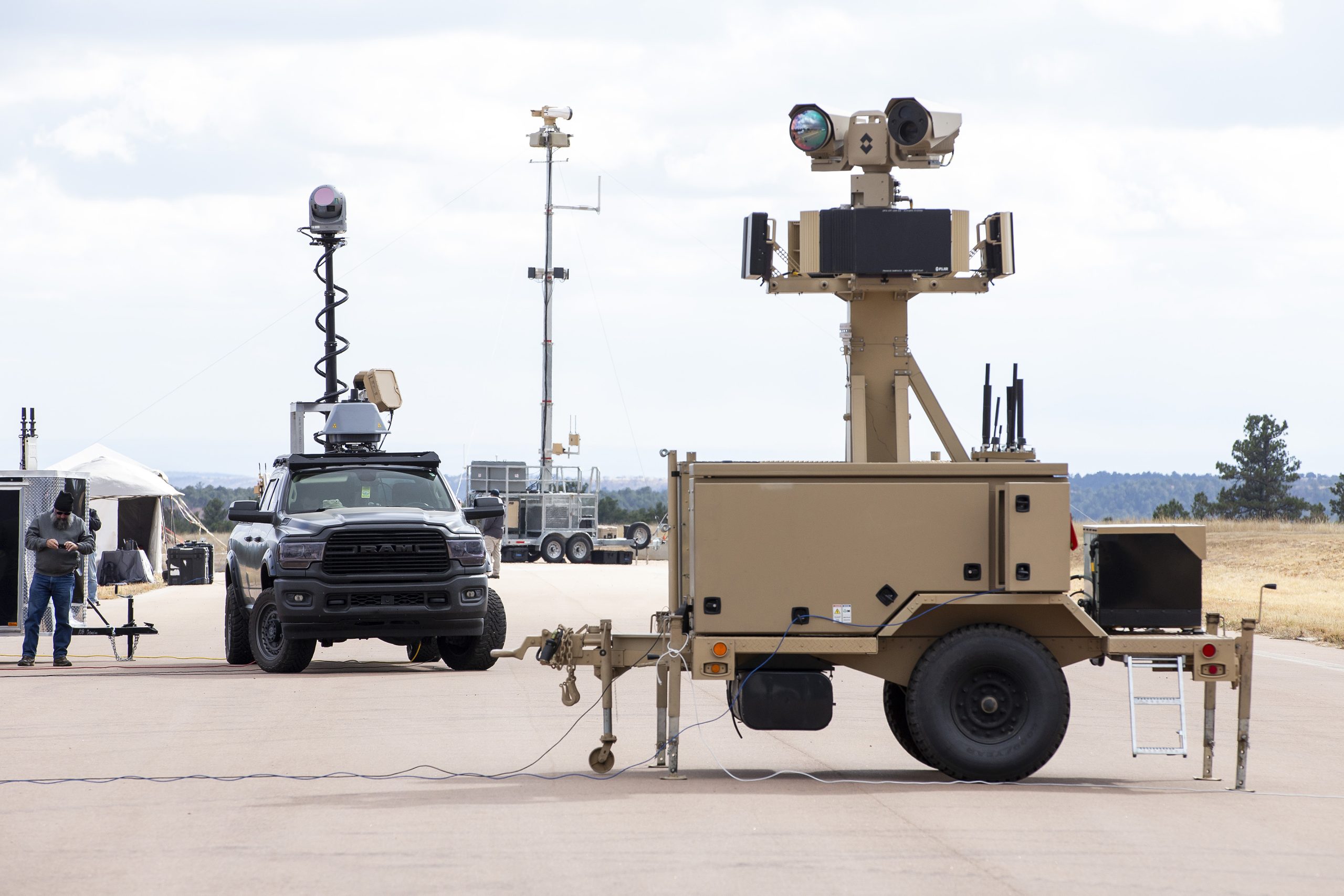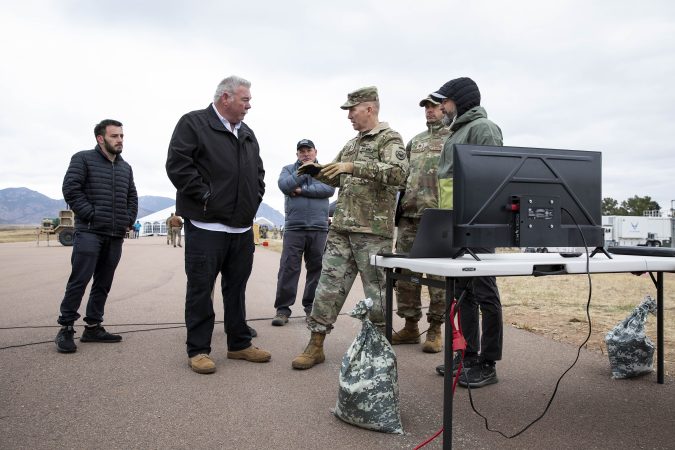The Space Force awarded three contracts April 4 for rocket launches worth up to $13.68 billion combined—and this time, Blue Origin is in the mix for the business along with longtime incumbents SpaceX and United Launch Alliance.
The National Security Space Launch contracts include 54 critical missions for the military and intelligence community between 2027 and 2032. Under the contracts:
- SpaceX wins 28 missions for up to $5.9 billion
- ULA wins 19 missions for up to $5.4 billion
- Blue Origin wins 7 missions for up to $2.4 billion
The disparity reflects each company’s progress and stature in the launch market at this point: SpaceX is the dominant provider, accounting for the vast majority of U.S. launches in recent years, while ULA, long a leading provider, only recently won certification for its new Vulcan Centaur rocket to provide NSSL launches. Newcomer Blue Origin has so far only executed one launch of its New Glenn rocket, which is not yet certified.
For Blue Origin, winning any launches is a major win. Founded even before SpaceX, being included is a landmark, but Blue Origin must get New Glenn certified before it can actually execute those launches.
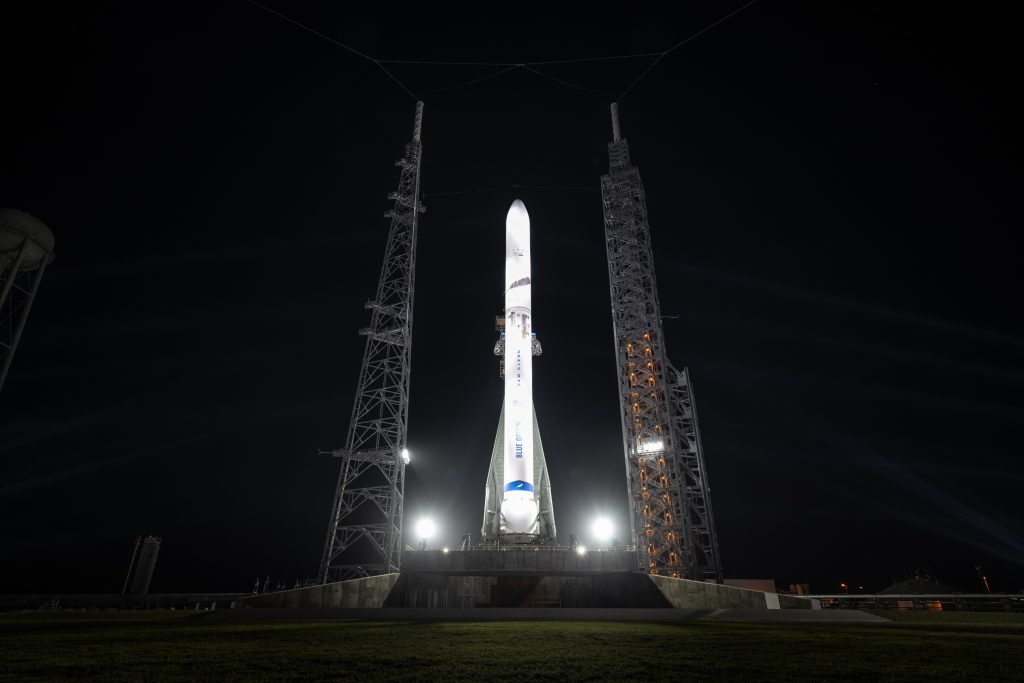
Space Force leaders see the contracts as a major milestone approaching their vision to ensure more competition in the launch market and to avoid becoming overly reliant on a single vendor or vehicle. Until ULA’s Vulcan Centaur was certified last week, SpaceX’s Falcon 9 and Falcon Heavy rockets were the only active launch vehicles cleared for NSSL missions.
“A robust and resilient space launch architecture is the foundation of both our economic prosperity and our national security,” Chief of Space Operations Gen. B. Chance Saltzman said in a statement. “National Security Space Launch isn’t just a program; it’s a strategic necessity that delivers the critical space capabilities our warfighters depend on to fight and win.”
To encourage competition, the Space Force took a “dual lane” approach for this most recent round of NSSL launches, dubbed Phase 3. In Lane 1 are missions that can tolerate more risk, allowing less proven launch companies to compete for them. In Lane 2 are the most critical, the ones awarded April 5.
Blue Origin, ULA, and SpaceX are all in Lane 1, but they have more competition in the form of newly approved companies Rocket Lab and Stoke Space, both of which have yet to actually launch their rockets for the program.
Lane 2 remains the bigger and more valuable prize for contractors—in addition to having more companies competing, Lane 1 has approximately 30 missions worth up to $5.6 billion.
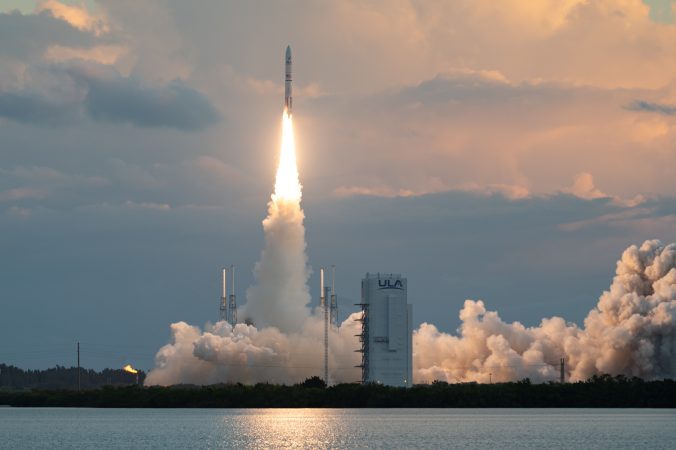
The government’s launch appetite continues to grow. NSSL phase 2 contracts from 2020 to 2024 encompassed about 34 launches, but as the Space Force and National Reconnaissance Office increase their satellite systems on orbit, the rate of launches and the number of satellites per launch will continue to multiply.
